The administration of Fumio Kishida is in a state of limbo.
In less than a month, the Cabinet reshuffled three ministers, including Economic Revitalization Minister Daishiro Yamagiwa, Justice Minister Yasuhiro Hanashi and Internal Affairs and Communications Minister Minoru Terada, and approval ratings for the Cabinet plummeted. Prime Minister Kishida, who won the upper house election in July, has been touted as enjoying a “golden three years” until the next lower house election, but the resignation domino has dramatically shifted the political situation.
Encouraged opposition parties are targeting reconstruction minister Kenya Akiba, who has been criticized for his opaque handling of office expenses. Under tense circumstances, jaw-dropping information poured in. “Kishida secretly approached former Prime Minister Yoshihide Suga about joining the Cabinet to boost his administration” he said.
What is Kishida’s real intention and will Suga accept the request? Those involved in the reshuffle are watching the outcome with bated breath.
Prime Minister Kishida denied the possibility of a cabinet reshuffle in an answer to the Diet, but no member of parliament takes it seriously. This is because the only way to buoy the current Kishida administration is a drastic cabinet reshuffle. As a former member of the Liberal Democratic Party (LDP) Cabinet put it:. The idea of reshuffling the cabinet and appointing party officials was scooped up by the Mainichi Shimbun.
On the night of November 21, the day after Mr. Kishida replaced Mr. Terada, the Mainichi Shimbun reported in an online bulletin:. Amid a wave of cabinet resignations, Prime Minister Kishida is trying to lift his grip on power by reshuffling his cabinet and reshuffling party executives. The reshuffle is expected to take place between the end of the year and the start of the regular Diet session at the end of January next year.
Suga is the centerpiece of the reshuffle. The aim is to get Suga to join the cabinet as deputy prime minister and minister of state for special missions and launch a turnaround offensive to boost his administration, he said. The idea is that Suga will be in charge of the green transformation (GX) of the environment, the digital transformation (DX) of the digital sector and other policies that Suga ran as prime minister.
The current second Kishida Cabinet, inaugurated shortly after former Prime Minister Shinzo Abe was shot to death on the campaign trail for the upper house election, was formed with the utmost consideration for Seiwa-kai, the largest faction of the Liberal Democratic Party led by Mr. Abe.
Hirokazu Matsuno remains chief cabinet secretary, the linchpin of the cabinet, and Takeshi Takagi continues to serve as chairperson of the Diet Affairs Committee, which is responsible for dealing with the opposition. All were core members of Seiwa-kai, which was close to Abe. However, the decline in the unifying power of the Kishida administration is largely due to the fact that the two have not played their intended roles.
Those around the prime minister are furious. If the chief cabinet secretary, who controls the cabinet, and the national affairs committee chairperson, who controls the opposition, do not function together, the administration will not be able to lift itself.
In an attempt to break the political impasse caused by a series of cabinet resignations, Mr. Kishida appears to be seeking to distance himself from the Seiwa-kai party and rebuild the party’s base by bringing in a fringe figure, Mr. Suga, into the cabinet. Factionless Suga is not only close to the Nikai faction and the New Komeito Party, but also has an effective view of Kasumigaseki.
For Mr. Kishida, who leads the Kochikai party, which is only the fourth faction within the party, he probably wants to use the resignation of Cabinet members as a catalyst to change the current situation, in which his approval ratings have plummeted due to a domino effect.
A person around the prime minister spoke. Even though the ruling party controls a stable majority in both chambers of the Diet, the opposition parties are completely in control of Diet deliberations at this point. I have never heard of a parliamentary committee chairperson who accepts the opposition’s demand that he “If the prime minister does not explain and apologize to the Diet over the reshuffling of cabinet members, he will not participate in deliberations.”
At the Kishida residence, resentment has built up over Takagi’s skills, and it is likely that he intends to restore the ruling party-led management of the Diet by reshuffling the cabinet and replacing him with a new party executive.
There have been cases in the past where former prime ministers have rejoined the cabinet as ministers after resigning.
The administration of Prime Minister Keizo Obuchi, inaugurated in 1998, faced economic crises including the Asian currency crisis and appointed Kiichi Miyazawa, a former prime minister known for his economic savvy, as finance minister. In 2000, Prime Minister Yoshiro Mori, troubled by low approval ratings, selected former Prime Minister Ryutaro Hashimoto, who remained a popular figure even after he left office, as minister of state for administrative reform. Drawing on such examples, Kishida appears to be giving Suga an impassioned love call.
However, it is highly uncertain whether Suga, who wants to be the centerpiece of a cabinet reshuffle, will accept Kishida’s request to join the cabinet. So far, at least, he has shown no sign of accepting Kishida’s request.
While the approval rating for the Kishida Cabinet has plummeted, expectations for Suga within the party have risen in inverse proportion, and some of the same young, factionless lawmakers are starting study groups to surround Suga. This paves the way for the birth of the “Suga school.”
said one former Liberal Democratic Party cabinet minister. Suga hasn’t revealed his inner thoughts to those around him, but he doesn’t need to pick up a hot chestnut in the fire when his expectations of him are high enough to keep quiet.
Political insiders have their doubts. Suga, who reluctantly resigned as prime minister prematurely, should be looking to roll over. I wonder if such a person would join the mud-boat Kishida administration as deputy prime minister.
In addition, there are significant barriers to Suga’s entry into the cabinet. That is the presence of Taro Aso, vice president of the Liberal Democratic Party.
Aso, who has served as finance minister for the longest post-war Abe administration and leads the third faction of the Liberal Democratic Party, has not enjoyed a good relationship with Suga. It was Suga who was responsible for digital affairs for Taro Kono, a member of the Aso faction, in the Liberal Democratic Party’s presidential election last year, antagonizing not only Mr. Kishida but also the Aso faction. There is no way Mr. Aso would easily accept Mr. Suga’s entry into the Cabinet.
The reason Mr. Kishida did not immediately replace Mr. Yamabuchi, whose ties to the former Unification Church have emerged one after the other, was because he belonged to the Aso faction and was reserved for Mr. Aso, the sources said.
A political source said:. Even if the party stays away from Seiwa-kai, if it is abandoned by the Aso faction as well, it will not be able to control the inside of the Liberal Democratic Party within the Kochi-kai, a smaller faction. While Suga’s entry into the cabinet could be a catalyst for an increase in his approval rating, it could also be a bomb that could blow away the Kishida administration itself.
Mr. Kishida’s administration is facing a crucial moment.
The above article is from the December issue of FACTA magazine.


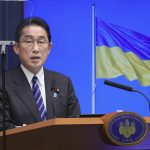

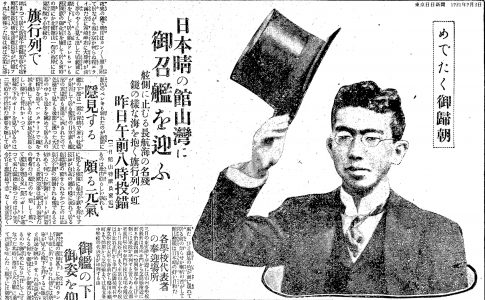


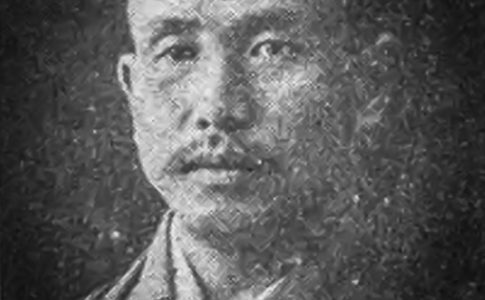

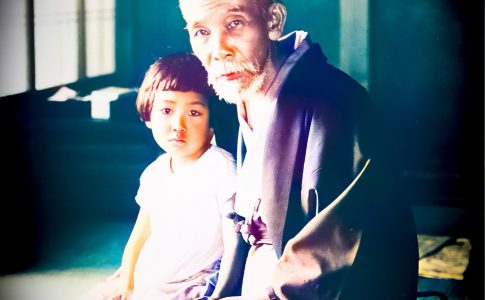
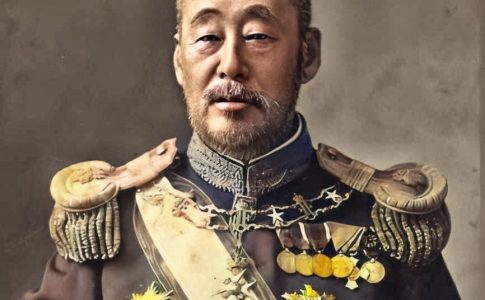
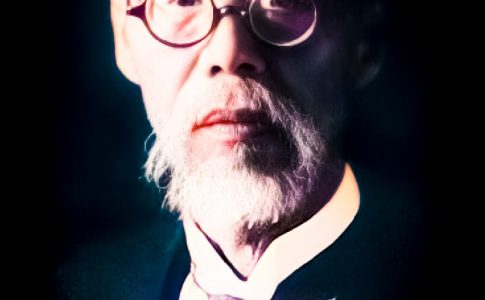
Leave a Reply